Discover 11 hidden attractions, cool sights, and unusual things to do in Daegu (South Korea). Don't miss out on these must-see attractions: Donghwasa, Seomun Market, and Dalseong Park. Also, be sure to include Pagyesa in your itinerary.
Below, you can find the list of the most amazing places you should visit in Daegu (Daegu).
Table of Contents
Donghwasa

Also known as: 동화사
Buddhist complex with temples and statues. Donghwasa, also Donghwa Temple, is a Buddhist temple of the Jogye Order in northern Daegu, South Korea. The temple is located on the south side of Mt. Palgongsan, within the boundaries of Dohak-dong, Dong-gu, near Daegu's northern border. The name means "Temple of Paulownia Blossoms."[1]
Seomun Market

Also known as: 서문시장
Traditional market in Daegu, South Korea. Seomun Market is the largest traditional street market in Daegu, South Korea, containing more than 4,000 shops. Seomun Market is particularly known as a source for textiles and sewing services, a key ingredient of Daegu's fashion industry.
The name "Seomun" means "west gate," and refers to the location of the market just outside the old west gate of Daegu Castle, which was demolished in 1907. It is also one of the country's oldest markets, dating to a 5-day market held in the area in the late Joseon Dynasty. In the final years of Joseon, Seomun market was one of the country's three largest markets. The market was constituted in its present form in 1920.
Although portions of the market are in the open air or small buildings, most of the shops are in large buildings holding hundreds or thousands of individual shops. The largest of these buildings was Building 2, which was destroyed by fire in late December 2005. Plans for the reconstruction of Building 2, which held the majority of the market's fabric shops, are still being made. There are four other building complexes, and two other large shopping areas. Side streets in the market area also feature a large number of indoor and outdoor food stalls with fish and traditional dishes.
The market can be reached both by Cheongnaeondeok Station on Daegu Metro Line 2 and Seomun Market Station on Daegu Metro Line 3.
On November 30, 2016, a massive fire destroyed all the stores in the market.[2]
Address: 45, Keunjang-ro 26-gil, Jung-gu, 41926 Daegu (중구)
Dalseong Park

Also known as: 달성공원
Sizable park with a humble zoo. Dalseong Park is a park located in Jung-gu, Daegu, South Korea. The park includes Gwanpungnu Pavilion, a local history hall, a zoo, and some monuments.[3]
Address: 35, Dalseonggongwon-ro, Jung-gu, 41924 Daegu (중구)
Pagyesa
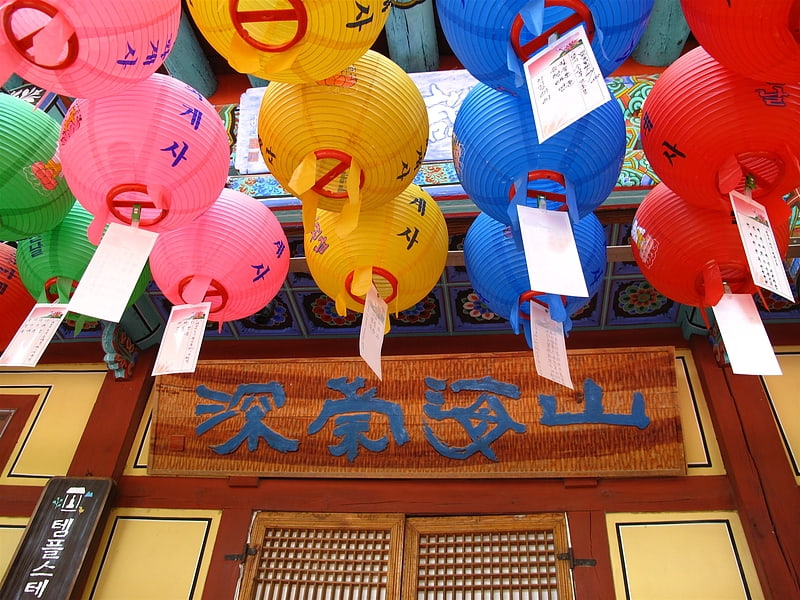
Temple in Daegu, South Korea. Pagyesa, or Pagye Temple, is a Buddhist temple in Palgongsan mountain park, near Daegu, South Korea. The temple was first built in 804 by a priest named Simji, and was restored and expanded in the 17th century.[4]
Daegu National Museum
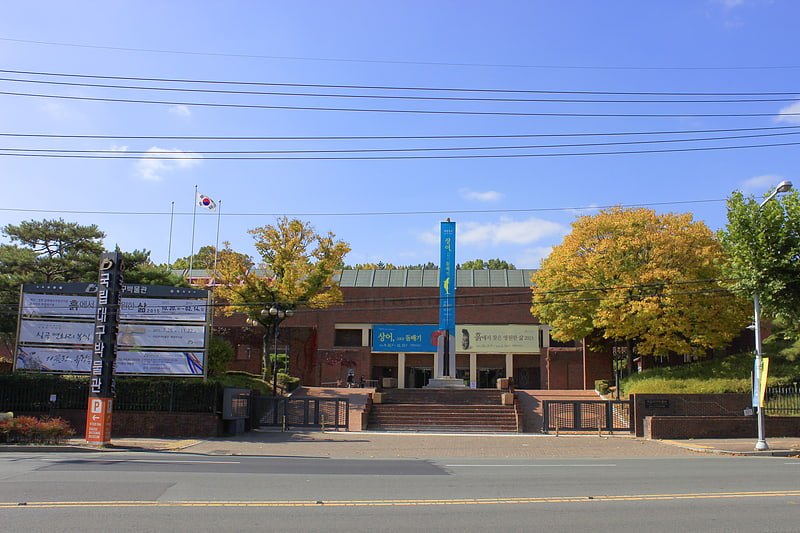
Also known as: 국립대구박물관
Museum in Daegu, South Korea. Daegu National Museum is a national museum located in Hwanggeum-dong, Suseong-gu, Daegu, South Korea. It opened on December 7, 1994, and holds approximately 30,000 artifacts. Its main collection consists of archaeological objects from Daegu and Gyeongsangbuk-do region.
The museum was built as a cultural facility to research, preserve, exhibit and educate visitors on the cultural heritage of Daegu and Gyeongsangbuk-do. On July 19, 2010, the Ancient Culture Hall, the Medieval Culture Hall, and the Textiles and Clothing Hall were opened to the public.[5]
Address: 321, Cheongho-ro, Suseong-gu, 42111 Daegu (수성구)
Duryu Park
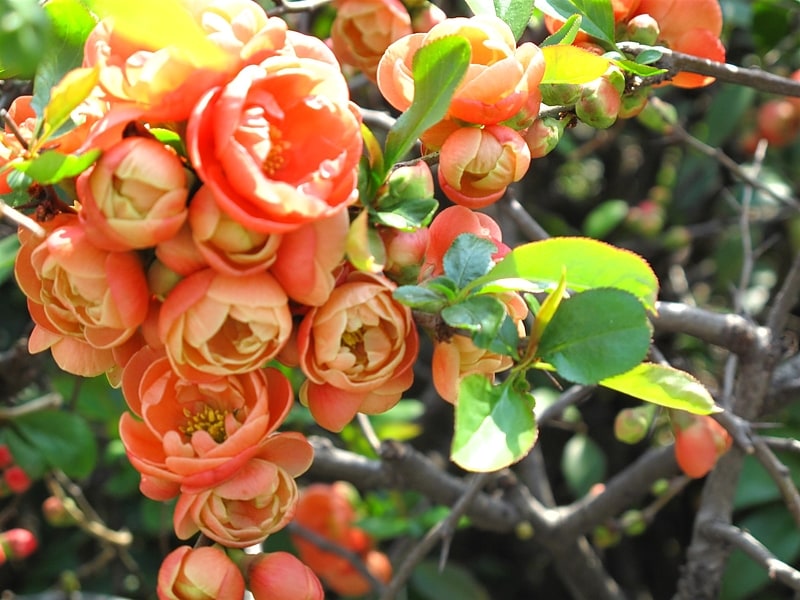
Also known as: 두류공원
City park in Daegu, South Korea. Duryu Park, founded in 1965, is a park located in Duryu-dong, Daegu Dalseo-gu, South Korea.
The area of the park is 1,653,965 m². It is equipped with many facilities such as multipurpose playgrounds, a swimming pool, tennis courts, a roller skating rink, a football field, and a baseball field. There are two small Buddhist temples on the grounds and the Cathedral Pond - Osaek Fountain. The park is popular for its scenic bridge and views during autumn and spring, during which cherry blossoms bloom. Some festivals and concerts are also held on the grounds, such as a body-painting and a flying lantern festival.
There are over 133 species of trees and plants in the park.[6]
Address: 36, Gongwonsunhwan-ro, Dalseo-gu, 42672 Daegu (달서구)
Daegu Stadium
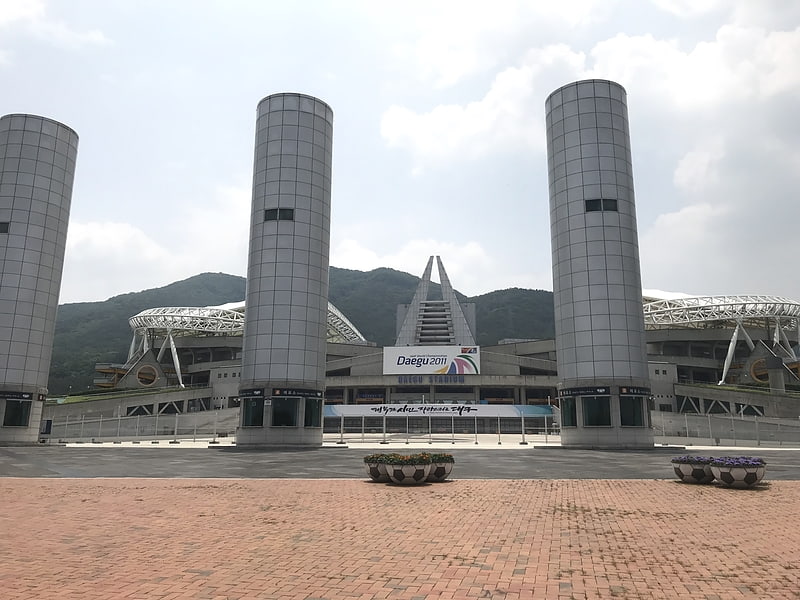
Also known as: 대구스타디움
Multi-purpose stadium in Daegu, South Korea. Daegu Stadium, also known as the Blue Arc, is a multi-purpose sports stadium located in Daegu, South Korea. It was formerly named Daegu World Cup Stadium but was changed to Daegu Stadium on 5 March 2008. It has a seating capacity for 66,422 people, and parking for 3,550 cars. It is located approximately 11 kilometers or 20 minutes by car from Daegu Airport. It is managed by the Daegu Sports Facilities Management Center.
It was one of the host venues of the 2002 FIFA World Cup and the main stadium for the 2003 Summer Universiade and the 2011 World Championships in Athletics. It was the home stadium of Daegu FC until 2018.[7]
Address: 180, Universiad-ro, Suseong-gu, 42250 Daegu (수성구)
Daegu Samsung Lions Park
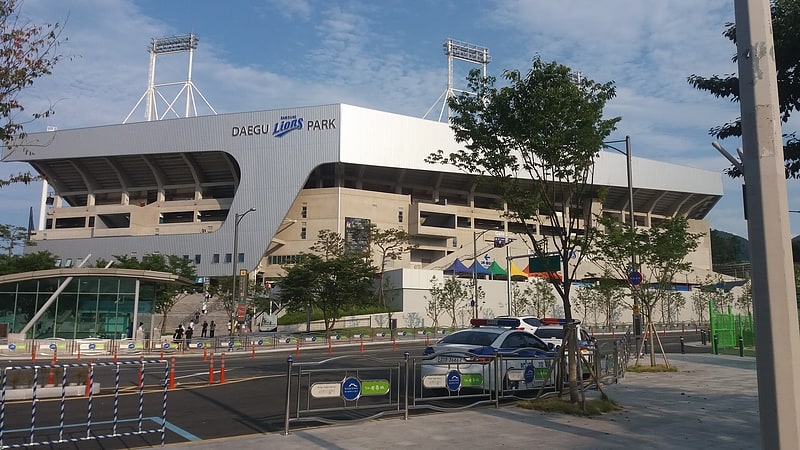
Also known as: 대구 삼성 라이온즈 파크
Stadium in Daegu, South Korea. The Daegu Samsung Lions Park is a multi-use stadium in Daegu, South Korea. It is used mostly for baseball games and is the home stadium of KBO club Samsung Lions.
The stadium is located adjacent to Daegu Grand Park station on the Daegu Metro Line 2[8]
Address: 1, Yagujeonseol-ro, Suseong-gu, 42250 Daegu (수성구)
Daegu Baseball Stadium
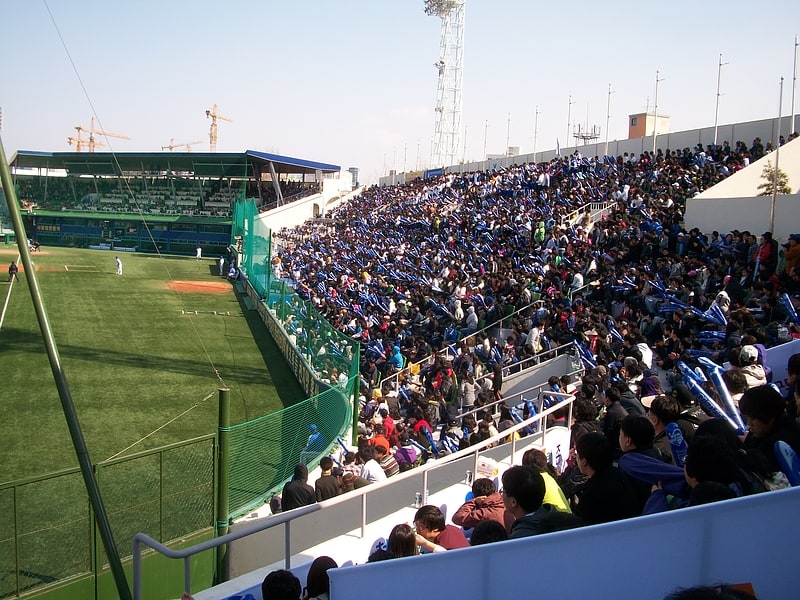
Also known as: 대구시민운동장 야구장
Stadium in Daegu, South Korea. Daegu Baseball Stadium is a multi-use stadium in Daegu, South Korea. It is currently used mostly for baseball games and was the home stadium of Samsung Lions between 1982 and 2015. The stadium was built in 1948.[9]
Address: 12-1, Goseong-ro 35-gil, Buk-gu, Daegu (북구)
Palgongsan
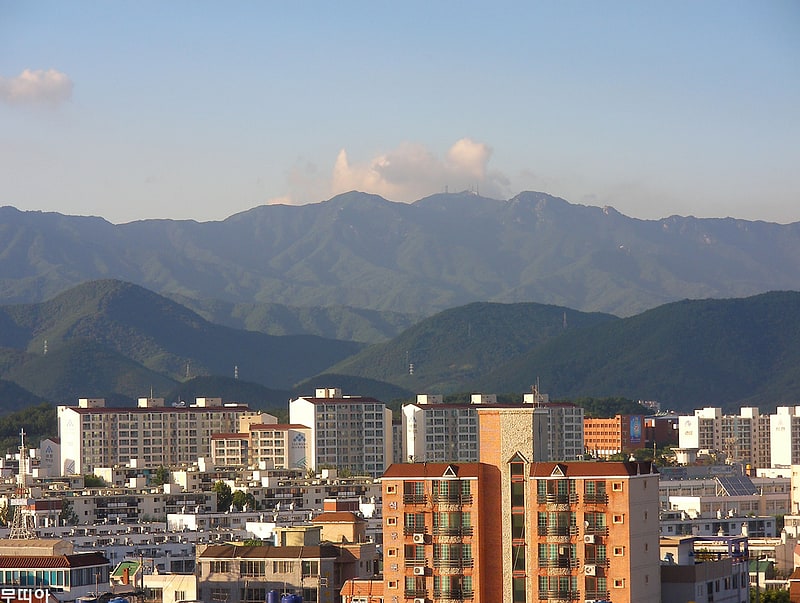
Also known as: 팔공산
Mountain in South Korea. Palgongsan, also Palgong Mountain, and previously called Gongsan during the Goryeo dynasty, is a mountain in southeastern South Korea, lying on an outlier of the Taebaek range. It stands on the northeastern border between Daegu metropolitan city and North Gyeongsang province. Its peak is 1193 m above sea level.
The mountain is the site of a number of cultural and natural heritage sites. These include Buddhist shrines from the Silla period or later, including the large and active temple of Donghwasa and the Gunwi Triad Budda Grotto (National Treasure 109). In addition, in 927 the Battle of Gong Mountain was fought between Hubaekje and Goryeo forces on the mountain's southern slope.
Natural treasures include the standing stone of Gatbawi, so called from its resemblance to a traditional Korean horsehair hat, or gat.
The mountain, connected to downtown Daegu by bus, is a popular site for weekend outings from the city. Portions of the mountain were designated a provincial park in 1980.[10]
Our Lady of Lourdes Cathedral
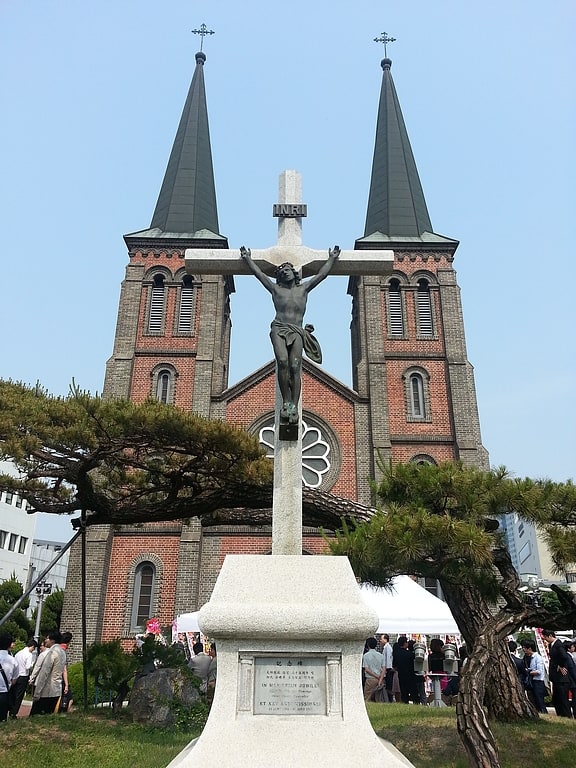
Also known as: 계산성당
Cathedral in Daegu, South Korea. The Our Lady of Lourdes Cathedral or simply Cathedral of Daegu, is a religious building belonging to the Catholic Church and is located in Daegu part of North Gyeongsang Province, South Korea.
It is a temple that follows the Roman or Latin rite and functions as the headquarters of the Metropolitan Archdiocese of Daegu (Archidioecesis Taeguensis or 천주교 대구대교구) which was created in 1962 by bull "Fertile Evangelii semen" by the Pope John XXIII.
The present building was built between 1902 and 1903 and remodeled when it was elevated to cathedral status in 1911. Pope John Paul II visited the temple in May 1984.
The original structure was made of wood but it burnt down in 1899.[11]